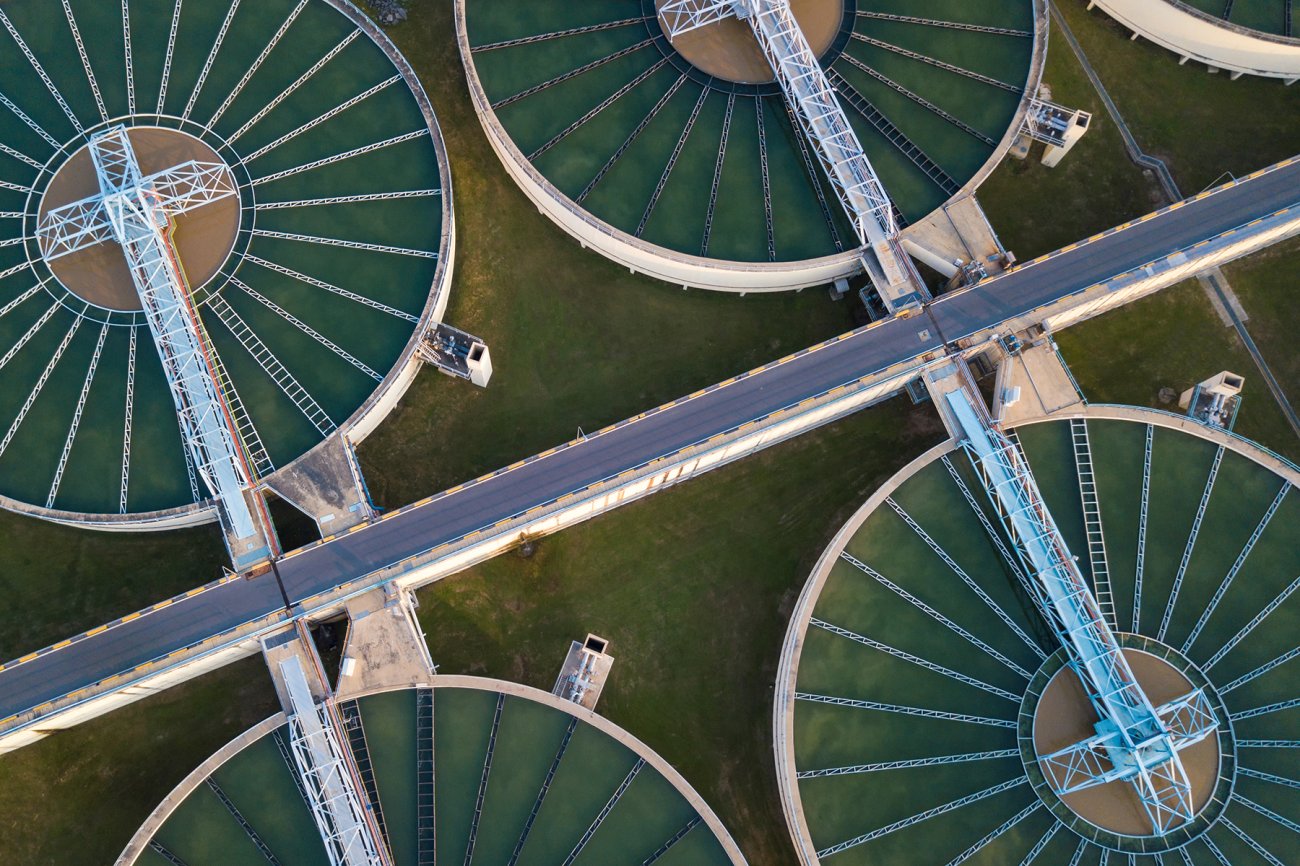Top Guidelines Of Reclaim Waste
Top Guidelines Of Reclaim Waste
Blog Article
The Facts About Reclaim Waste Uncovered
Table of ContentsThe 10-Minute Rule for Reclaim WasteThe 8-Minute Rule for Reclaim WasteWhat Does Reclaim Waste Mean?The Ultimate Guide To Reclaim WasteThe 7-Second Trick For Reclaim Waste
Explore the types, events, and types of liquid waste. Domestic sewer waste refers to the waste and products from a domestic sewage-disposal tank. This sort of waste is developed by humans in houses, institutions, and various other structures. This only consists of sewage-disposal tanks that have a drain area. The proper management and disposal of residential sewage waste require liquid waste to be transferred to a sewage treatment plant where the appropriate approaches and devices are used to detoxify and take care of waste.
Business waste often includes potential hazards, such as flammable materials or a mixture of liquid and solid waste products, and needs a much more innovative and thorough disposal procedure. The disposal of business waste normally entails the filtration of waste before transport to ensure risk-free and appropriate disposal. Hazardous waste is produced from results and runoff of commercial processes and manufacturing.
This type of waste can not use the exact same sewer administration transport or procedures as septic or business liquids. The hazardous waste management process needs the evaluation and testing of fluid waste before it undertakes the disposal process (liquid waste removal melbourne). Drainage waste is the liquid waste that comes from drainage and excess stormwater in very populated areas or cities
Drainage waste can create contamination and flooding if not dealt with properly. Find out more regarding drain cleaning and waste administration. Making sure appropriate waste administration can avoid catastrophes and decrease environmental harm. Both people in domestic settings and professionals in business or production markets can gain from recognizing the procedures and policies of liquid waste management.
The Best Guide To Reclaim Waste
Contact PROS Services today to learn more about our waste administration and disposal solutions and the correct ways to look after the liquid waste you create.
(https://www.domestika.org/en/reclaimwaste1)Do you understand what takes place to your water when you pull the plug, purge the bathroom or drain the washing equipment? No? Well, it's worth understanding. This so-called 'wastewater' is not just an important source however, after treatment, will certainly be released to our land, rivers or the ocean. Made use of water from toilets, showers, bathrooms, kitchen area sinks, washings and industrial processes is called wastewater.

water made use of to cool machinery or clean plant and devices). Stormwater, a form of wastewater, is runoff that flows from agricultural and city locations such as roofings, parks, gardens, roads, courses and gutters into stormwater drains, after rain. Stormwater streams neglected directly to neighborhood creeks or rivers, eventually reaching the ocean.
Some Ideas on Reclaim Waste You Need To Know
In Queensland, many wastewater is treated at sewage treatment plants. Wastewater is moved from residential or industrial websites via a system of drains and pump terminals, understood as sewage reticulation, to a sewer therapy plant.
The Division of Natural Resources advises city governments regarding managing, operating and preserving sewerage systems and therapy plants. In unsewered areas, neighborhood governments might need homeowners to mount specific or home sewage therapy systems to treat residential wastewater from bathrooms, cooking areas, washrooms and washings. The Division of Natural Resources authorises using household systems when they are confirmed to be effective.
In some new communities, therapy of some stormwater to remove litter, sand and crushed rock has actually begun utilizing gross pollutant catches. Wastewater therapy occurs in four phases: Eliminates solid matter.
Makes use of tiny living organisms knows as micro-organisms to damage down and eliminate staying dissolved wastes and fine fragments. Micro-organisms and wastes are incorporated in the sludge.
The Of Reclaim Waste
Nutrient removal is not available in all sewer treatment plants because it needs pricey specialized tools. It is becoming a lot more typical in Queensland. Clear fluid effluent generated after treatment may still include disease-causing micro-organisms. If this effluent is launched into waterways such as rivers or the sea, the micro-organisms will at some point die out.

Many wastewater moves right into the sewerage system. Under the Act, regional governments provide authorizations and permits for environmentally appropriate tasks (Ages) entailing wastewater launches that might have a local effect.
Not known Facts About Reclaim Waste
Or else, examples are considered laboratory analysis. Frequently several examinations are needed to develop the degrees of each of the various pollutants such as oils, heavy steels and pesticides in water. Surveillance supplies factual info regarding water top quality and can validate that licence problems are being met. The details obtained via monitoring provides the basis for making water high quality decisions.
Report this page